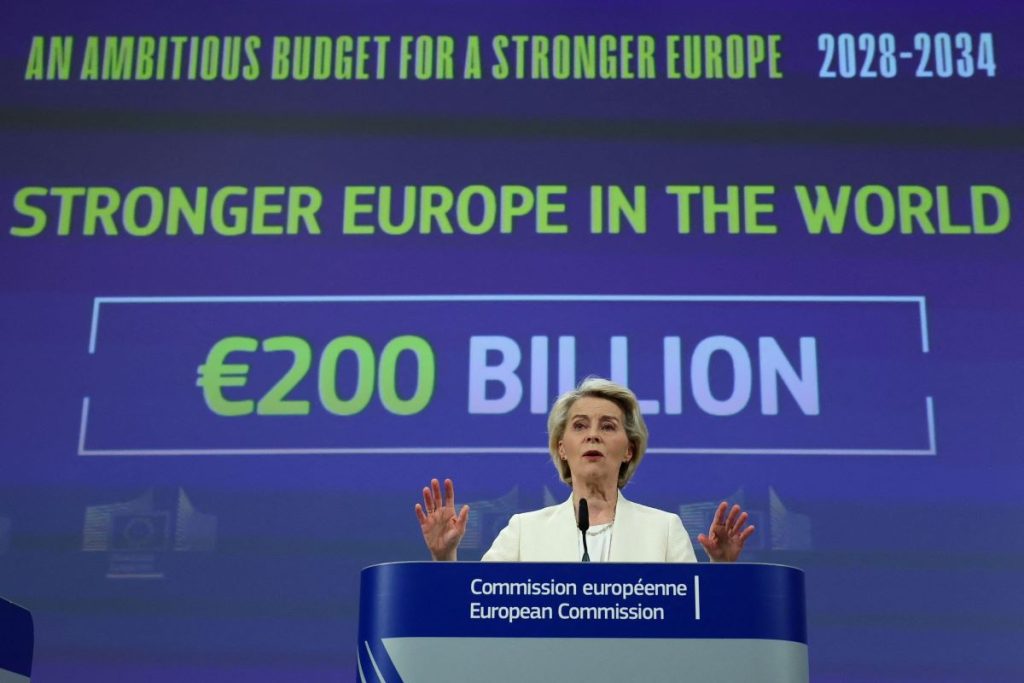ELTI’s Roadmap for a Competitive Europe - 10 Recommendations for the Next MFF
ELTI welcomes the European Commission’s proposal for the 2028–2034 Multiannual Financial Framework (MFF), which places competitiveness, strategic autonomy, and investment mobilisation at the heart of EU policy. The proposal recognises the role of National Promotional Banks and Institutions (NPBIs), including regional ones, and confirms the importance of financial instruments as key tools to multiply the impact of EU funding.
To ensure the next MFF delivers on its ambitions and bridges the major investment gap affecting EU competitiveness, ELTI identified ten strategic recommendations:
1. Open Architecture. Preserve the current framework limiting implementation to pillar-assessed institutions with a public service mission, and thus avoiding fragmentation and ensuring sound financial management.
2. Indirect Management and Pre-Allocation. Support indirect management of the EU budget without pre-allocated resources. All financial instruments, including those under Heading 1 and 2 or outside the MFF (e.g. Innovation Fund), should be channelled through the ECF InvestEU Instrument. NPBIs should be part of the governance of both the ECF and the National and Regional Partnership Plans (NRPPs).
3. Size of the Guarantee and Budget Continuity. Maintain a minimum of at least €29 billion guarantee under the ECF InvestEU Instrument, ensuring continuity through existing policy windows and contractual agreements. Avoid a time gap in investment support (the so called “cliff-edge scenario”) during the transition from InvestEU to the new proposed ECF InvestEU instrument by relying on the existing contractual agreements. Additional resources from thematic programmes and instruments like CEF should contribute to the ECF InvestEU Instrument to scale up investment.
4. Predictability. Advocate for multiannual programming of thematic windows, with ex ante allocation to the ECF InvestEU Instrument and involvement of implementing partners in the definition of work programmes and of the NRPPs. Flexibility can be ensured through open calls for expressions of interest, while avoiding overly prescriptive or short-term work programmes.
5. Blending Mechanisms. Promote blending between EU grants (disbursed under direct management) and financial instruments (under indirect management), including those funded by public or private institutions outside the EU budget, as successfully achieved by the CEF-AFIF model.
6. Equity. Fully integrate equity instruments into the ECF InvestEU toolbox, prioritising fully-funded equity and paid-in contributions to support early-stage and high-risk investments.
7. Support for Start-ups and Scale-Ups. Consolidate support under the ECF, integrating the EIC Accelerator into the ECF InvestEU Instrument while keeping grant-based components under Horizon Europe. The ECF Scale-Up Facility could complement this framework.
8. Infrastructure Financing. Ensure a substantial share of the ECF budget to support infrastructure, including social infrastructure, alongside CEF and Heading 1 programmes.
9. Project Advisory Component. Strengthen the advisory role of NPBIs, ensuring sufficient resources to support project development, business acceleration, and facilitate access to finance.
10.Simplification of Reporting Requirements. Continue to pursue simplification but pay attention to ensure continuity in existing reporting systems and proportionality in applying the DNSH principle. Avoid introducing new indicators/obligations as they may disrupt established processes.
